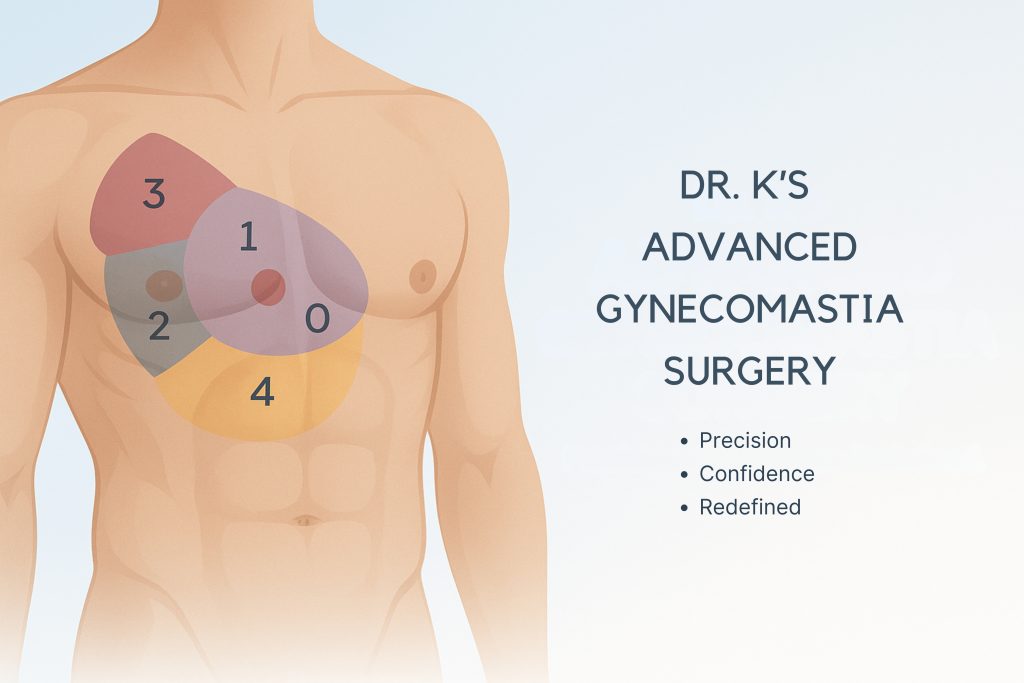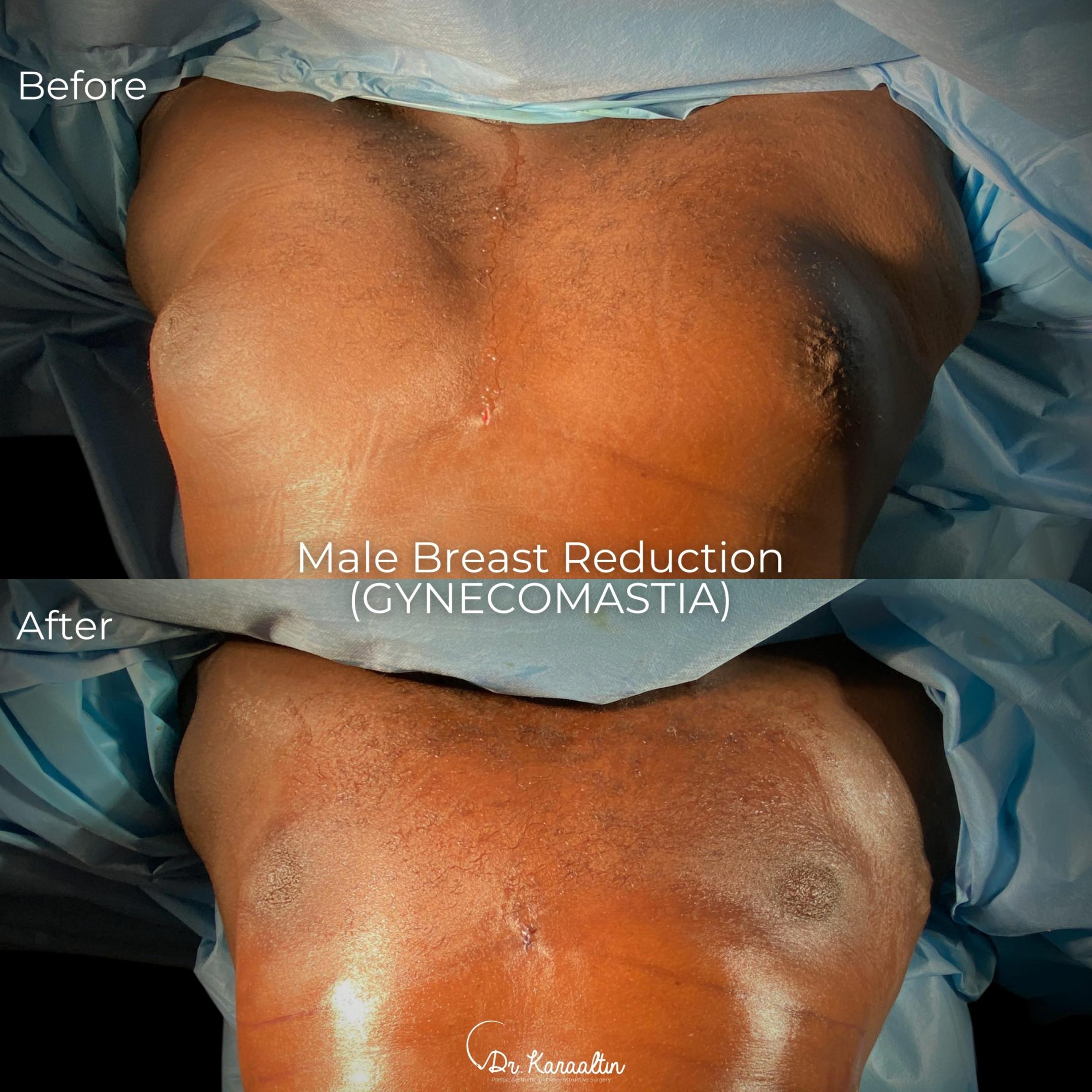Contact Table of Contents Male Breast Reduction (Gynecomastia Surgery) – Dr. K’s Approach Understanding GynecomastiaGynecomastia, or the enlargement of male breast tissue, is a common and often distressing condition. It can range from mild prominence to significant enlargement that’s visible through clothing. Although it may be triggered by hormonal fluctuations, medications, or health conditions, many …
Take the next step & schedule a visit today
- +90 212 325 42 42
- Besiktas / Istanbul




